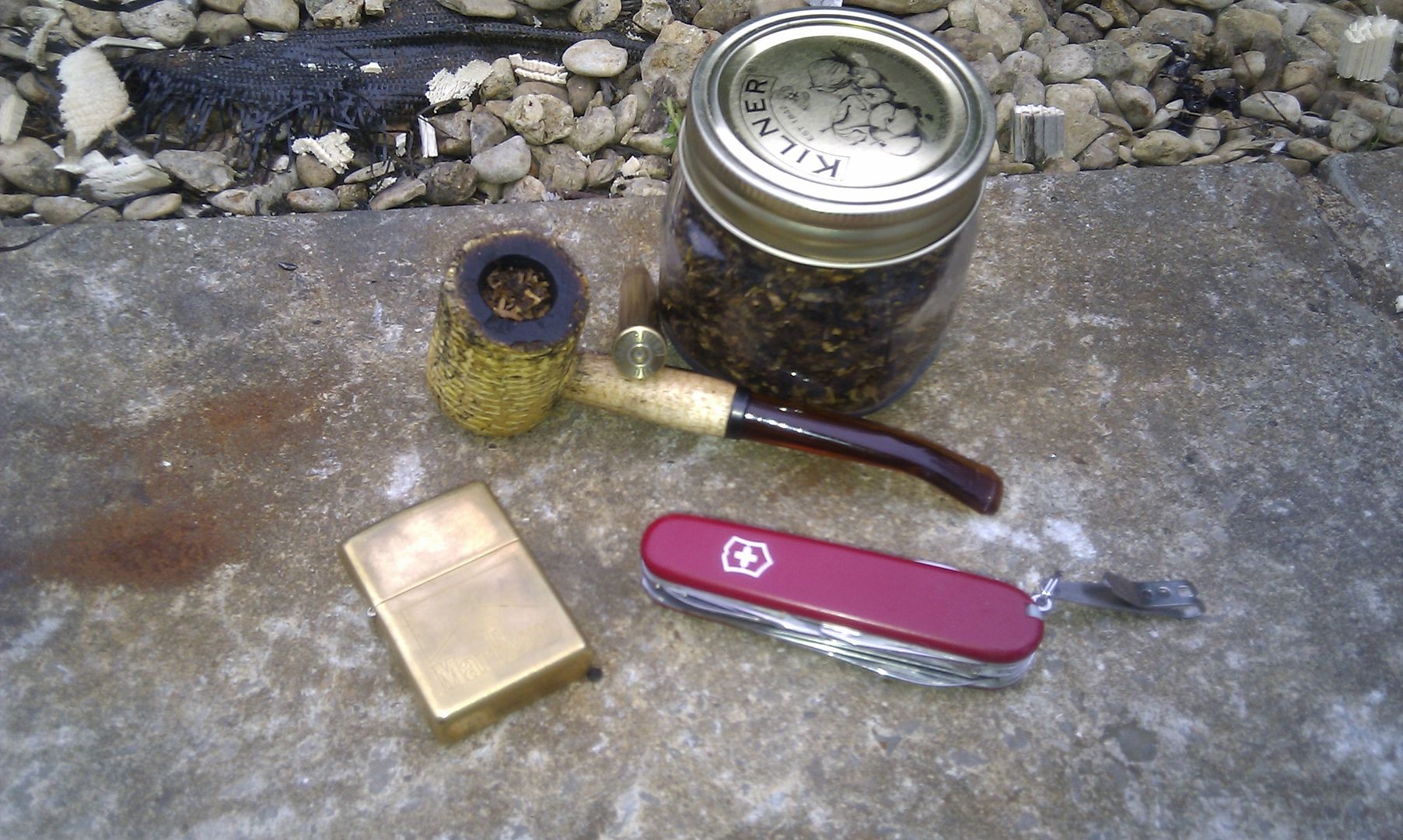Didn't notice the mention of Ashtonite stems. I always liked them myself.
"Essentially, Ashtonite is a blend of Vulcanite and Plexiglas. Vulcanite had been the standard stem material for English briar pipe for almost a century before Taylor developed Ashtonite. Vulcanite had clear advantages; it was soft on the teeth, easily worked with as a stem material and inexpensive by comparison to other materials used for stems at the beginning of the 20th century (the alternatives a century ago included materials like amber, which was exceedingly expensive). The disadvantages of Vulcanite are primarily that it is soft, and, therefore, easily damaged by clenching too hard on the pipe. Also, since Vulcanite is, quite simply, vulcanized rubber, it oxidizes when exposed to oxygen. This gives it an ugly appearance and a very unpleasant taste. Plexiglas, frequently used in Italy, solves many of the problems of Vulcanite. However, in eliminating the problems of durability and oxidation, one also loses the primary advantage of Vulcanite: Plexiglas is hard on the teeth. Ashtonite helps to find a common groundit has much of the durability of Plexiglas (it doesnt turn, nor is it easily damaged through wear) and yet is sufficiently softer than Plexiglas to make the stem more comfortable in the mouth. Though there is no real solution to the problem and the decision of what material to use in stem making really is a balance of various advantages and disadvantages, Ashtonite helps to fulfill a much needed middle ground."



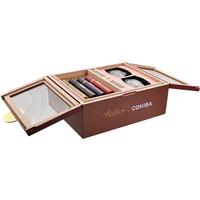
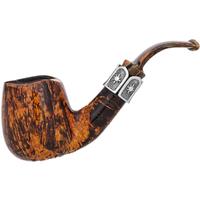
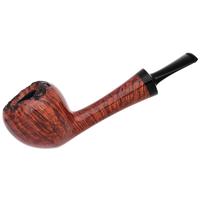
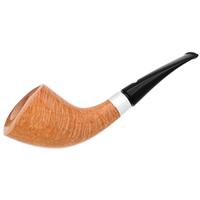
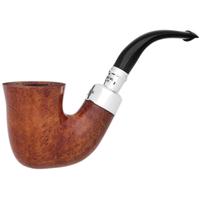




 :
: